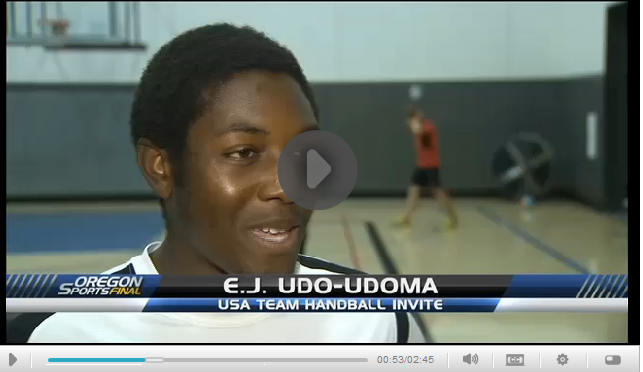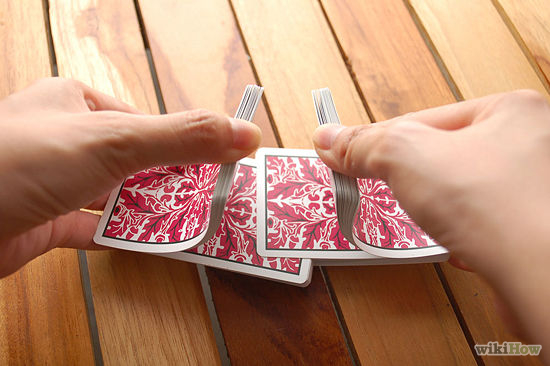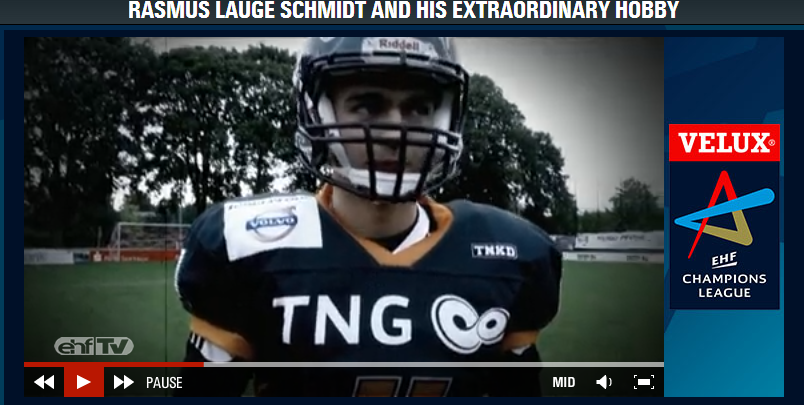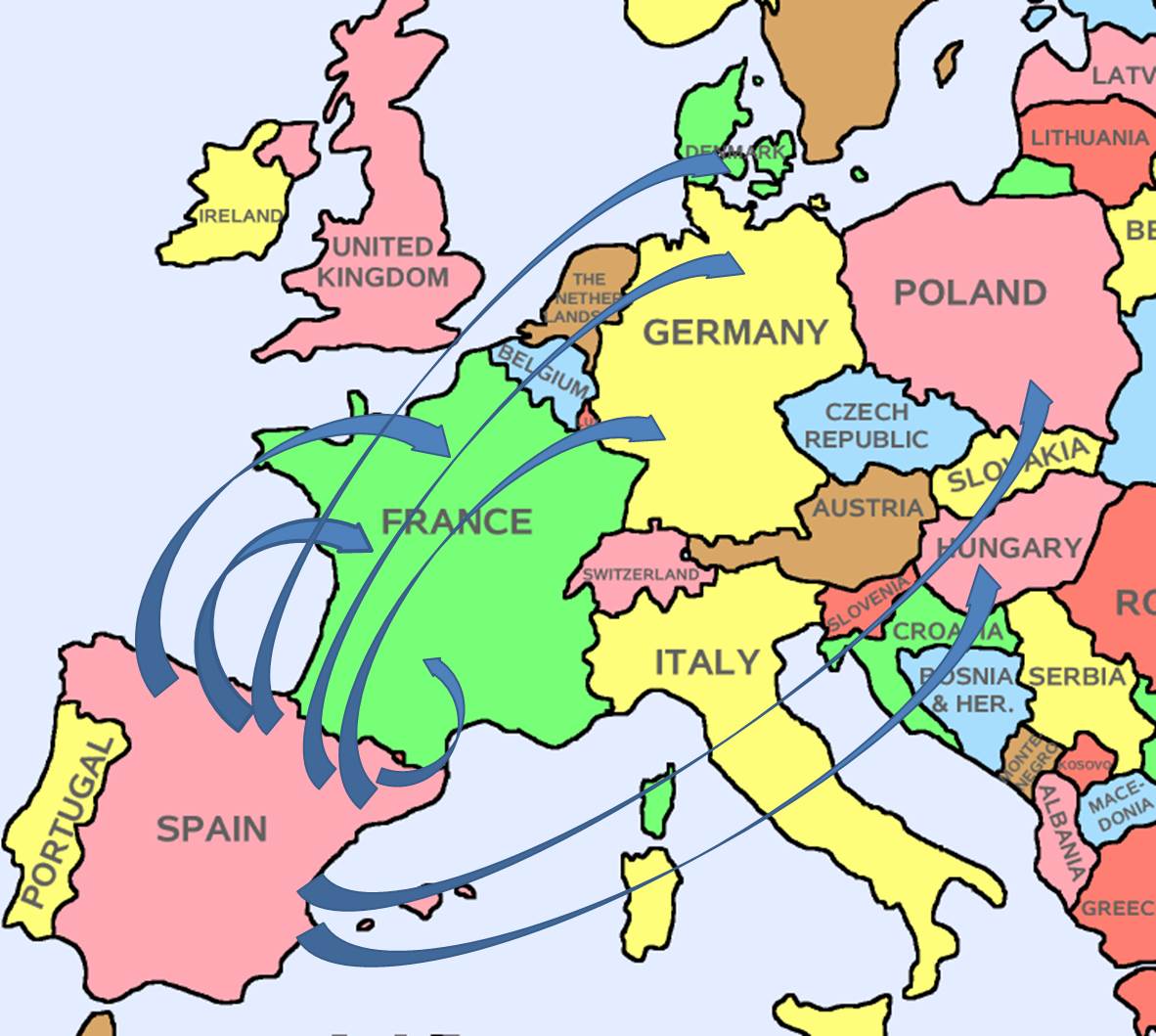-

Shuffling the deck: Rethinking the seeding of Olympic Qualification Tournaments
Christer Ahl’s preview of the upcoming IHF Congress he noted that Japan and South Korea were proposing changes to Olympic qualification to add more slots for non-European nations. As anyone who’s watched Olympic handball knows with the exception of the South Korean women these tournaments have been very heavily weighted towards European nations. And yes, that reflects actual relative strengths of the continents, but the optics of a mini European tournament on the Olympic stage are problematic.
I haven’t seen the exact proposals, but reportedly they would give Africa, Asia and Pan America 2 guaranteed slots each thus limiting Europe to a maximum of 6 of the 12 slots for the Olympics. Christer concluded that this was going a bit too far and suggested that instead one of the 3 Olympic qualification tournaments be set aside for the non European nations.
This got me wondering just what exactly this might mean for the Olympic Qualification tournaments in terms of competition so I took a look at the 2012 tournaments and reshuffled them using Christer’s suggested compromise.
2012 Men’s Olympic Qualification (actual tournaments and results)
IHF Qualification Tournament #1
2nd at 2011 WC (Tournament Host): Spain
7th at 2011 WC: Poland
Europe (2nd place at 2012 EC): Serbia
Africa (2nd place at 2012 African Championships): Algeria
Results
1) Spain (3-0-0) 6 Points
2) Serbia (1-1-1) 3 Points +5 Goal Differential
3) Poland (1-1-1) 3 Points -10 Goal differential
4) Algeria (0-0-3) 0 Points
IHF Qualification Tournament #2
3rd at 2011 WC (Tournament Host): Sweden
6th at 2011 WC: Hungary
Pan America (2nd at 2011 PANAM Games): Brazil
Europe (3rd at 2012 European Championships): Macedonia
Results
1) Sweden (3-0-0) 6 Points
2) Hungary (2-0-1) 4 Points
3) Brazil (1-0-2) 2 Points
4) Macedonia (0-0-3) 0 Points
IHF Qualification Tournament #3
4th at 2011 WC (Tournament Host): Croatia
5th at 2011 WC: Iceland
Asia (2nd at Asian Olympic Qualification Tournament): Japan
Pan America (3rd at 2011 PANAM Games): Chile
Results
1) Croatia (3-0-0) 6 Points
2) Iceland (2-0-1) 4 Points
3) Japan (1-0-2) 2 Points
4) Chile (0-0-3) 0 Points
2012 Men (with proposed alternative)
IHF Qualification Tournament #1
2nd at 2011 WC (Tournament Host): Spain
4th at 2011 WC: Croatia
6th at 2011 WC: Hungary
Europe (2nd place at 2012 EC): Serbia
IHF Qualification Tournament #2
3rd at 2011 WC (Tournament Host): Sweden
5th at 2011 WC: Iceland
7th at 2011 WC: Poland
Europe (3rd at 2012 European Championships): Macedonia
IHF Qualification Tournament #3
Pan America (2nd at 2011 PANAM Games) (Tournament Host): Brazil
Africa (2nd place at 2012 African Championships): Algeria
Asia (2nd at Asian Olympic Qualification Tournament): Japan
Pan America (3rd at 2011 PANAM Games): Chile
2012 Women’s Olympic Qualification (actual tournaments and results)
IHF Qualification Tournament #1
France (2nd at 2011 WC) Host
Montenegro (7th at 2011 WC)
Romania (Europe #2)
Japan (Asia #2)
Results
1) Montenegro (3-0-0) 6 Points
2) France (2-0-1) 4 Points
3) Romania (1-0-2) 2 Points
4) Japan (0-0-3) 0 Points
IHF Qualification Tournament #2
Spain (3rd at 2011 WC) Host
Croatia (6th at 2011 WC)
Argentina (Pan America #2)
Netherlands (Europe #3)
Results
1) Spain (2-0-1) 4 Points (+3 GD in head to head games vs Croatia and Netherlands)
2) Croatia (2-0-1) 4 Points (+0 GD in head to head games vs Spain and Netherlands)
3) Netherlands (2-0-1) 4 Points (-3 GD in head to head games vs Spain and Croatia)
4) Argentina (0-0-3) 0 Points
IHF Qualification Tournament #3
Denmark (4th at 2011 WC) Host
Russia (5th at 2011 WC)
Tunisia (Africa #2)
Dominican Republic (Pan America #3)
Results
1) Russia (3-0-0) 6 Points
2) Denmark (2-0-1) 4 Points
3) Tunisia (1-0-2) 2 Points
4) Dominican Republic (0-0-3) 0 Points
2012 Women (with proposed alternative)
IHF Qualification Tournament #1
2nd at 2011 WC (Tournament Host): France
4th at 2011 WC: Denmark
6th at 2011 WC: Croatia
Europe (2nd place at 2012 EC): Romania
IHF Qualification Tournament #2
3rd at 2011 WC (Tournament Host): Spain
5th at 2011 WC: Russia
7th at 2011 WC: Montenegro
Europe (3rd at 2012 European Championships): Netherlands
IHF Qualification Tournament #3
Pan America (2nd at 2011 PANAM Games) (Tournament Host): Argentina
Africa (2nd place at 2012 African Championships): Tunisia
Asia (2nd at Asian Olympic Qualification Tournament): Japan
Pan America (3rd at 2011 PANAM Games): Dominican Republic
Analysis
If one compares the actual tournaments that took place and the hypothetical tournaments that would have taken place a few trends can be discerned. Here are the major impacts as I see it:
1) Every nation would have a shot at qualifying: In theory, this was already the case, but in reality the prospect of any of the non-European teams knocking off 2 European teams at a tournament staged in Europe was pretty remote. Intead those non-European teams would have legitimate chances with a tournament featuring evenly matched 2nd tier nations. I suspect that Brazil and Algeria would have qualified in the Men’s tournament, but I wouldn’t have counted out Japan or Chile. With the Women’s tournament I’m guessing that Tunisia and Japan would have qualified, but Argentina as the theoretical host would have been in the mix as would have been the athletic Dominicans. And it goes without saying that any of the European sides could have envisioned themselves placing 2nd in the European tournaments.
2) Every nation would have a a very real possibility of not qualifying. Conversely, those European nations would also face a very real prospect of slipping up and not qualifying. Again, this was already the case, but pretty unlikely. Most egregious are the 3rd qualification tournaments with 2 European and 2 non-European teams. Those tournaments have been essentially glorified exhibitions that unfairly reward the 4th and 5th place WC qualifiers with all but free tickets to the Olympics. With 4 European nations participating in the alternative setup even the host nations would have to be very wary of a slip up against 3 opponents each capable of beating them.
3) Tournaments worth watching: A corollary of 1 and 2 above, from a fan perspective is that 3 tournaments with relatively predictable results would be replaced with 3 wide open tournaments. Instead of perhaps 1 or 2 interesting matches among the 3 tournaments almost every match in the alternative setup will be competitive. Heck, I would even bet that some of those tournaments would see a final day with every side still having a chance at qualification. Talk about TV worth watching!
4) New nations qualifying for the Olympics. Aside from the better qualification tournaments, opening up 2 spots provides an Olympic opportunity for nations like Japan, Algeria, Chile and the Dominican Republic. Participating in an Olympics can provide a tremendous boost to the development of the sport in countries where the sport is less popular. While, I’ve seen first hand how this boost wasn’t sustained as much as I would have liked it to have been in the U.S. after the 84 and 96 Olympics it still was significant. (For instance this website surely wouldn’t even exist.) And while the U.S. example might not be a good one, take a look at what has happened in countries like Egypt, Tunisia, Brazil, Argentina and South Korea. Creating more opportunities for more nations means more potential for making the sport truly global.
5) Two European nations would miss out. Of course, this is the corollary to #4. Is it fair to “punish” a better European side, perhaps a side that could beat the non-European side by 10 goals? Should a professional player who’s devoted his/her life to the sport sit at home while an amateur player who’s played for a few years walks into an Olympic Stadium during the opening ceremonies? It’s hard not to be sympathetic to the plight of those would be athletes.
6) The quality of the Olympic Tournament would decline. Obviously, if you take out 2 of the top 9 nations of the world and replace them with 2nd tier nations the overall quality of the tournament will decline. The question then becomes one of how serious of a decline would it be? Realistically, at this point in time I don’t think any of the 2nd tier nations that would be capable of reaching the semifinals. Whereas, the 8th and 9th European representative would have a legitimate outside chance of doing so. So, we would be replacing a really long shot with just a long shot. And there would likely be a couple more lopsided scores, but I think these 2nd tier nations are capable of playing competitively against the top nations maybe even getting an upset along the way. In other words, losses of 5-10 goals instead of 20 goal shellackings.
Overall, I would argue that the benefits of the proposed tweaking of the qualification system to allow more non-European nations outweigh the negative consequences. As Christer suggested, balance is what’s desired. Adding 2 non European nations seems about right at this point in time and it would help the growth of the game.

























